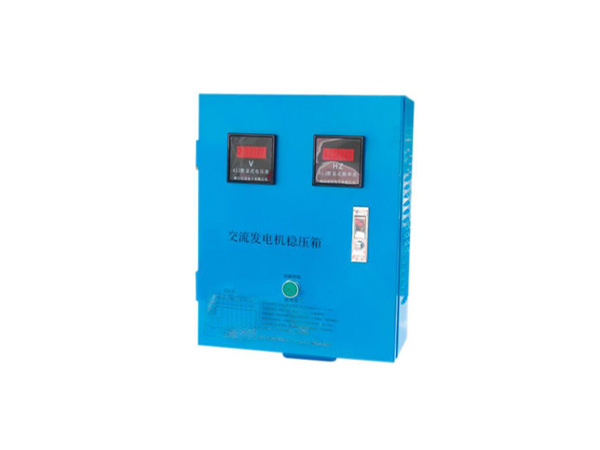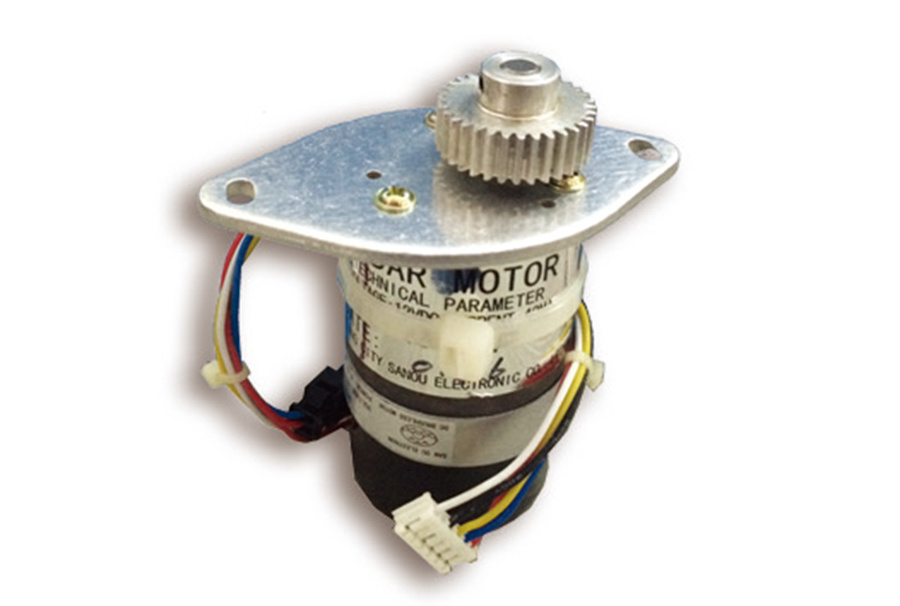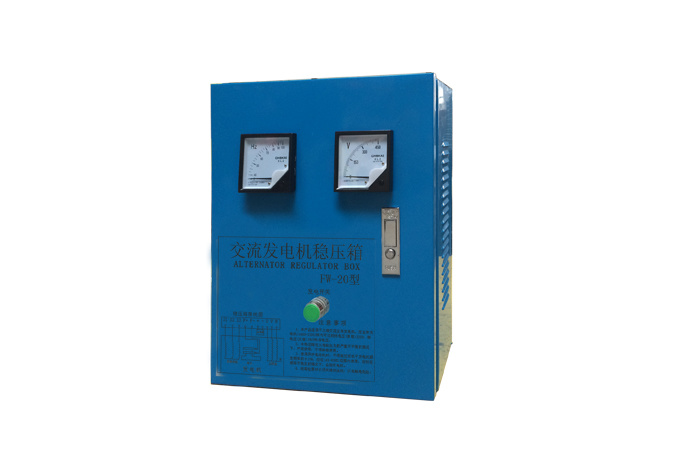News Center
Understanding the Square Dual Display Rudder Angle Meter: A Key Component in Maritime Navigation
At its core, the rudder angle meter measures the angle of the rudder relative to the centerline of the vessel. By displaying this information, it enables the crew to make informed decisions about steering and course corrections. The dual-display feature is particularly beneficial, as it allows operators to track the rudder's position from different vantage points on the bridge or control room. This visual feedback is vital during complex maneuvers, such as docking or navigating through narrow channels, where precise control is necessary.
Moreover, the Square Dual Display Rudder Angle Meter enhances communication and situational awareness among the crew. With two displays, different team members can access the same critical data simultaneously, reducing the likelihood of errors in judgment. This capability is increasingly important in the fast-paced and often crowded environment of maritime operations, where quick and accurate decisions can mean the difference between safety and disaster.
The installation of a rudder angle meter can also contribute to the overall efficiency of a vessel. By ensuring that the rudder is positioned optimally, it can help to minimize resistance and improve fuel efficiency. This aspect is particularly relevant in today’s maritime industry, where operational costs and environmental concerns are paramount. Using the rudder angle meter effectively can lead to smoother sailing and can reduce wear and tear on the vessel’s steering components.
Furthermore, modern advancements in technology have led to the development of digital rudder angle meters that offer enhanced features such as integration with other navigational systems and alarms for out-of-range readings. These smart systems can alert the crew when the rudder angle exceeds predefined limits, thus preventing possible mishaps.
In conclusion, the Square Dual Display Rudder Angle Meter is a fundamental tool in maritime navigation, providing vital information for safe and efficient vessel operation. Its dual-display functionality not only aids in precise steering but also facilitates better communication among crew members, ultimately contributing to improved safety and operational efficiency on the water. As technology continues to evolve, the importance of such instruments in maritime operations will only grow, underscoring the need for reliable and effective navigation tools.
Related News
Understanding the Importance of a 12KVA Frequency Stabilizer in Electrical Systems
In the realm of electrical engineering, maintaining a stable frequency is crucial for ensuring that equipment operates efficiently and reliably. A 12KVA frequency stabilizer plays a vital role in managing electrical systems, especially in environments where fluctuations in voltage and frequency can lead to equipment failure or operational inefficiencies. A frequency stabilizer, as the name suggest
Discover the Unmatched Benefits of the Furuno 1832 Radar Motor for Marine Navigation
Explore the Advantages of the Furuno 1832 Radar Motor Table of Contents Introduction to the Furuno 1832 Radar Motor Key Features of the Furuno 1832 Radar Motor Performance Analysis of the Furuno 1832 Safety Benefits of Using the Furuno 1832 User Experience: Ease of Use and Installation Maintenance Tips for the Furuno 1832 Radar Motor Comparing the Furuno 1832 Radar Mot
Understanding the Functionality and Benefits of a 1 in 4 Out Signal Distributor
A 1 in 4 out signal distributor is a crucial component in various electronic systems, particularly in the realm of optoelectronics. Its primary function is to take a single input signal and distribute it evenly across four output channels. This enables the simultaneous transmission of the same signal to multiple devices or locations, which is essential in applications such as audio/video broadcast




